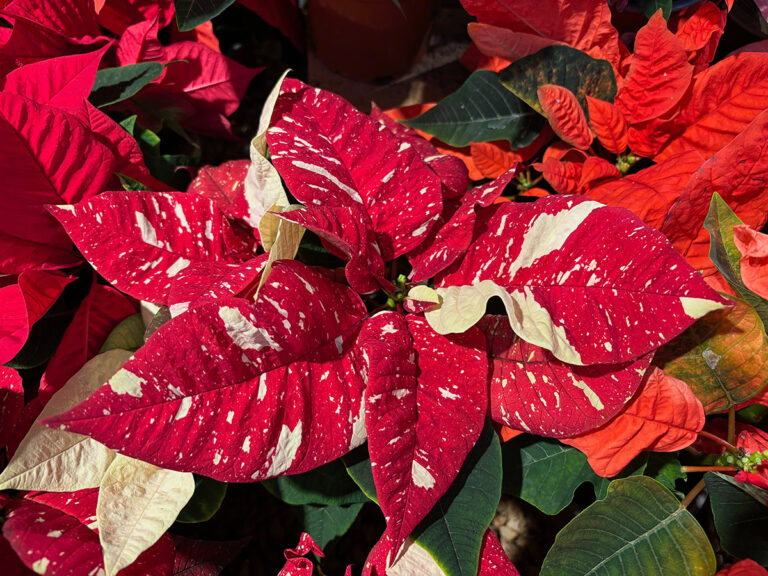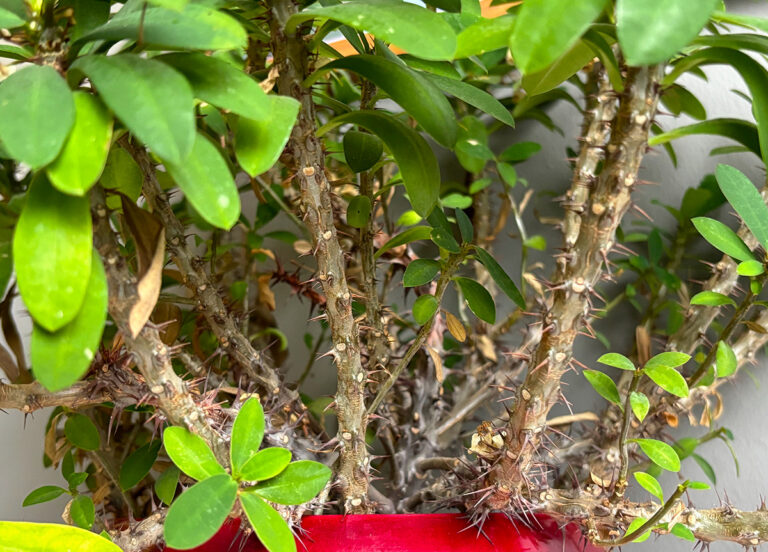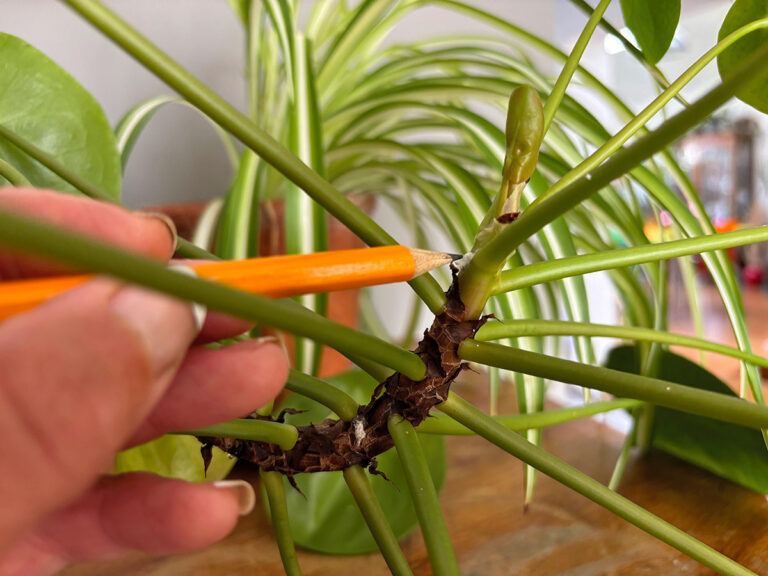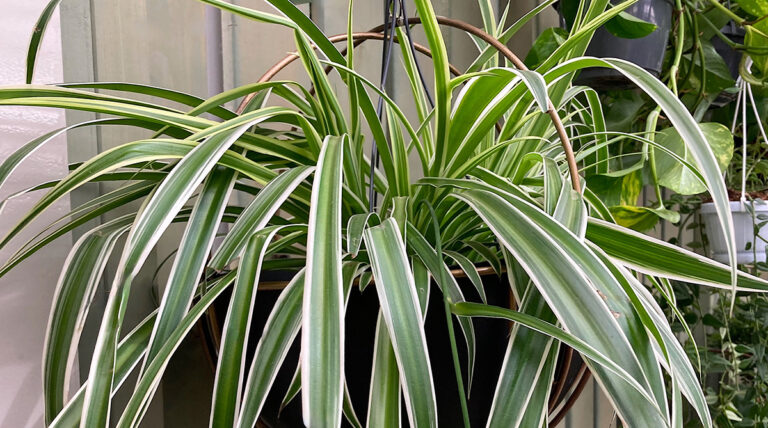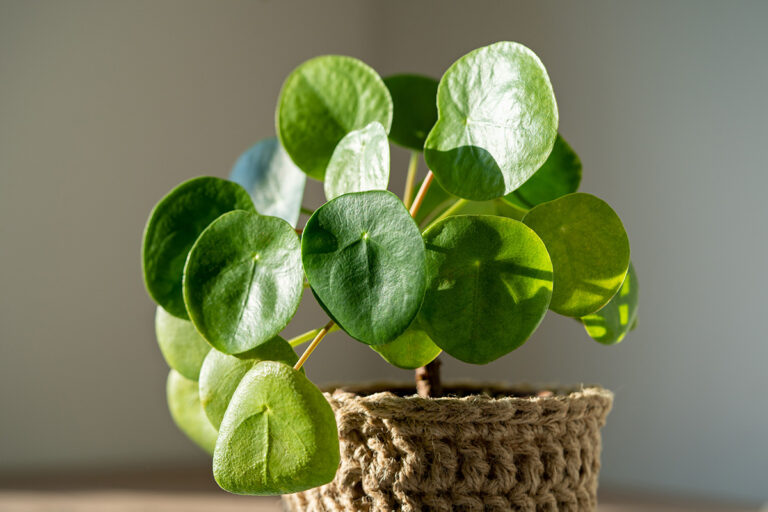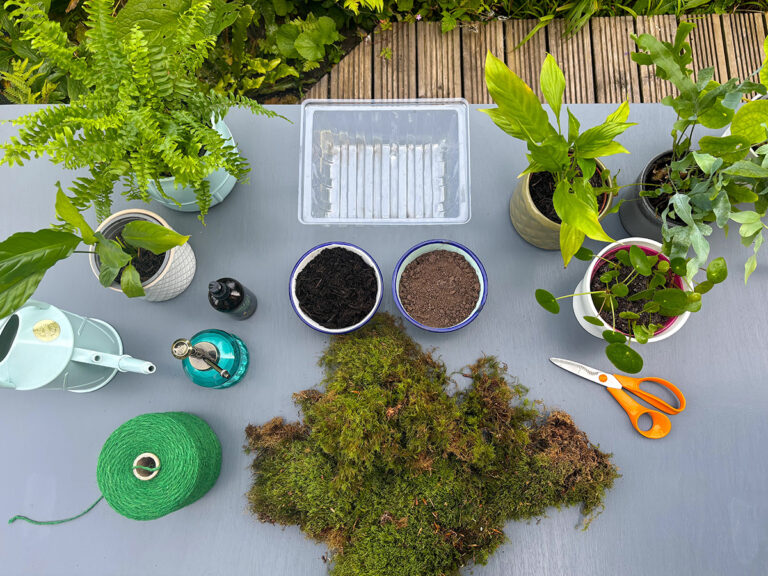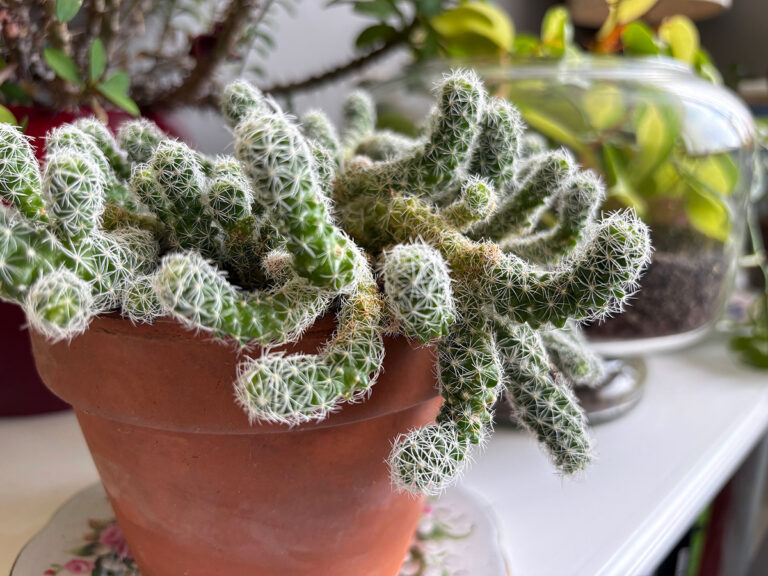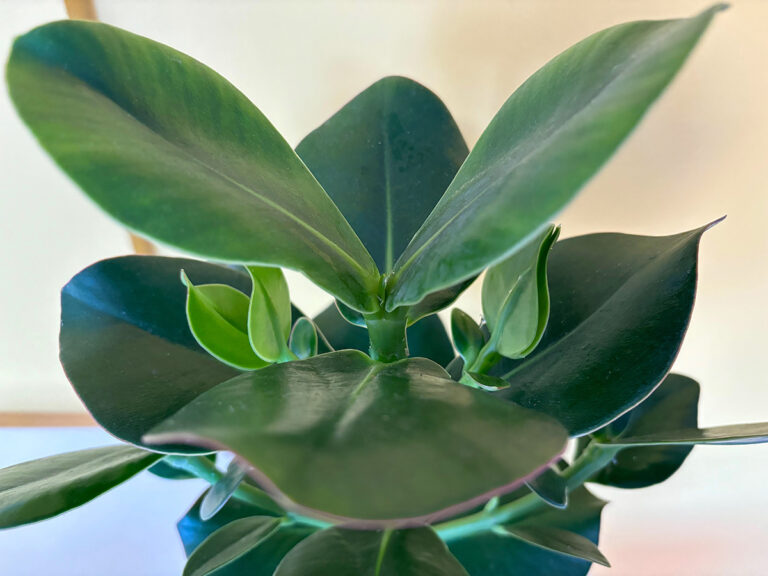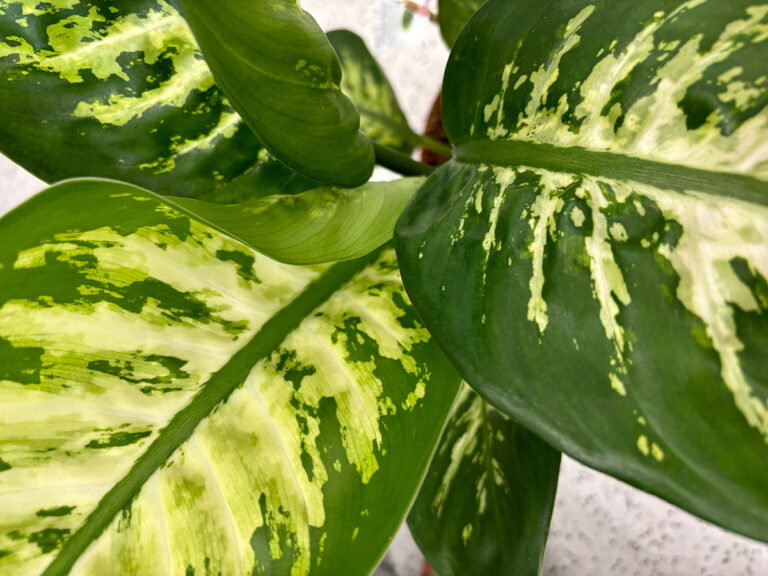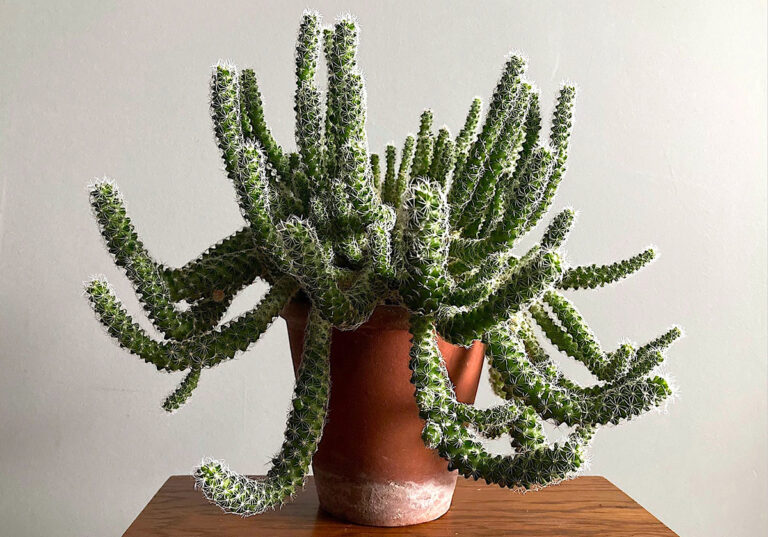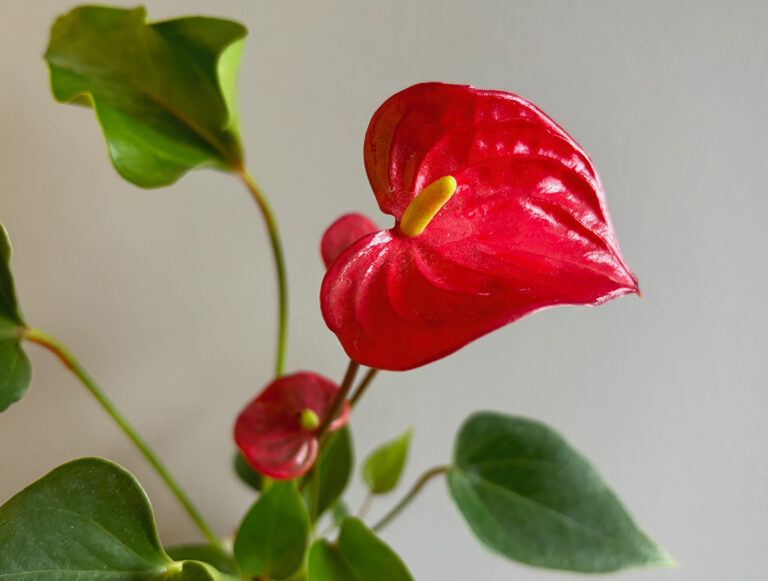Houseplants can play a tremendous part in improving our wellbeing but why do houseplants have a calming influence on our lives and allow us to switch off from daily chores? World Mental Health Day is a good opportunity to reflect on the things that make us feel good and help us cope with the stresses of modern life.
How can houseplants help us?
Houseplants engage our senses. We interact with plants through sight, touch, and smell and this can lower our blood pressure and the body’s stress hormone, cortisol, signalling us to stand down and relax.
Plants naturally absorb carbon dioxide and release oxygen so a plant-filled house can be a healthier home. Cleaner air will help us feel good.
When we do enjoyable activities our brains respond by releasing endorphins, happy hormones, which reinforce that this activity is good. Most importantly endorphins can alleviate feelings of anxiety, stress or depression. The good news is spending time with plants can induce positive feelings and quickly improve how you feel.
Psychological benefits
Caring and nurturing houseplants can give us purpose and meaning and provide a great sense of achievement watching our plants grow. Anyone can be a houseplant parent, however small your space.
Forest bathing has been proven to have immense psychological benefits so although we won’t have a forest in our homes (although some houseplant collections do border on forest proportions), creating an indoor garden with houseplants will help us destress at home but affirm our connection with nature.
Go green
The international symbol of mental health awareness is a green ribbon and this is not a coincidence. The colour green is firmly associated with nature and evokes feelings of relaxation and calm.
Not all colours are processed the same by our eyes. Our eye’s light receptive cones have evolved to perceive wavelengths and green is in the centre of this range meaning that is the easiest colour to see. When our eyes are looking at green plants they do not have to work so hard, so we feel relaxed.
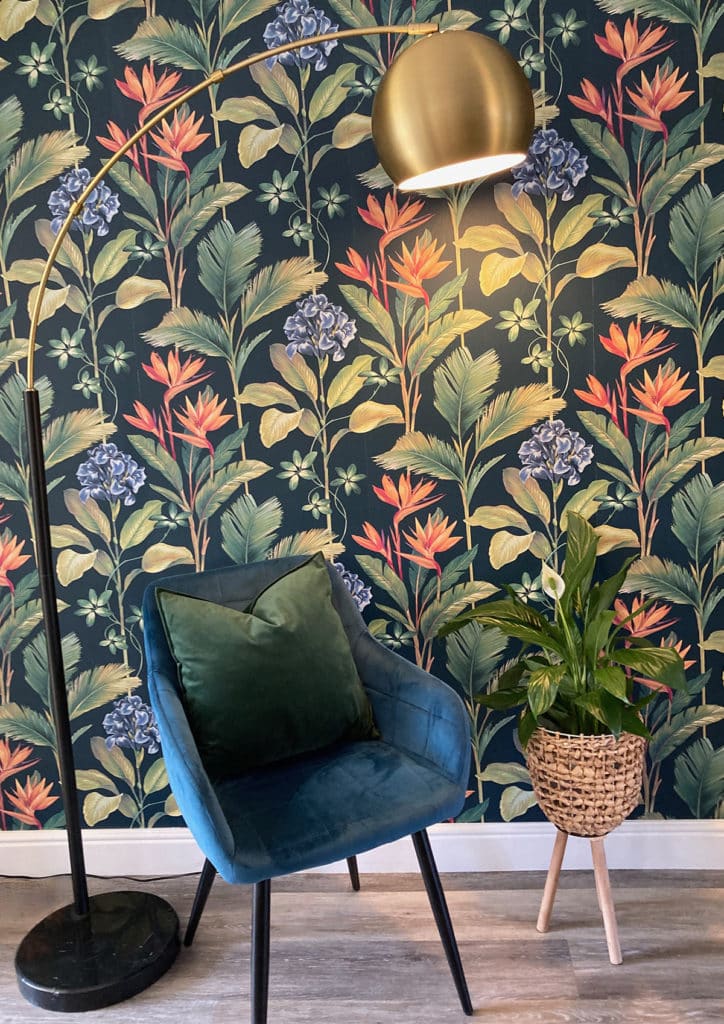
Image: Debi Holland
Air purifiers?
Some houseplants can actually improve air quality and although there is debate about the amount of volatile organic compounds (VOCs), like benzene, ammonia and formaldehyde they can remove; NASA carried out controlled experiments in 1989 proving that plants such as the snake plant, peace lily and weeping fig do have the ability to purify air.
Although in our own home spaces it may be difficult to replicate the results of the sealed laboratory environment created by NASA there is no doubt that there is a positive benefit to having houseplants in our lives and they can help us get a good night’s sleep so pop a plant or two in your bedroom.
Time to think
Indoor gardening gives us time to think. It lets us take a break out of our day to concentrate on mindful tasks like watering or snipping off spent leaves. It allows us to switch off and lose ourselves in the activity. Houseplants can actually help us feel more productive and focussed. There are no deadlines, no tech, simply us and our plants. There is a lot be said for taking time out to enjoy things at a slower pace.
What mindful activities can we do at home?
Looking after plants should not feel a chore so don’t put yourself under pressure. Simply setting aside 10 minutes can be a welcomed respite to restore equilibrium. There are plenty of simple mindful activities we can do at home, here are a few ideas.
Dust houseplant leaves
It is inevitable our houseplant leaves will gather dust but this can hinder photosynthesis so grab a damp cloth and spend 10 minutes wiping down leaves. This benefits both your plant and you. The leaves of Monstera deliciosa are huge and dust can cover its large foliage. Finish off by lightly spraying leaves with Plantsmith’s Beautifying Leaf Shine Spray.

Remove dead leaves
Spend 10 minutes going round all your plants and remove any dead material. You will be amazed how therapeutic it is to go round with a pair of snips, cutting out all the crispy brown leaves and revealing the fresh new growth.
Water
As we move through autumn reduce your watering regime but houseplants still need watering and pottering around your plant collection with a watering can checking if the soil is dry is a great way to spend some down time.
Debug
Now this might sound funny but much as weeding can be immensely therapeutic, concentrating on bug-infested plants can be incredibly cathartic. Mealybugs are rather persistent so if you find yourself with these unwanted lodgers then get a pair of tweezers and a tissue and settle in to carefully remove these frustrating insects. Once you have finished your session spray the plant with Plantsmith’s Protecting Bug Control Spray to keep further infestations at bay.
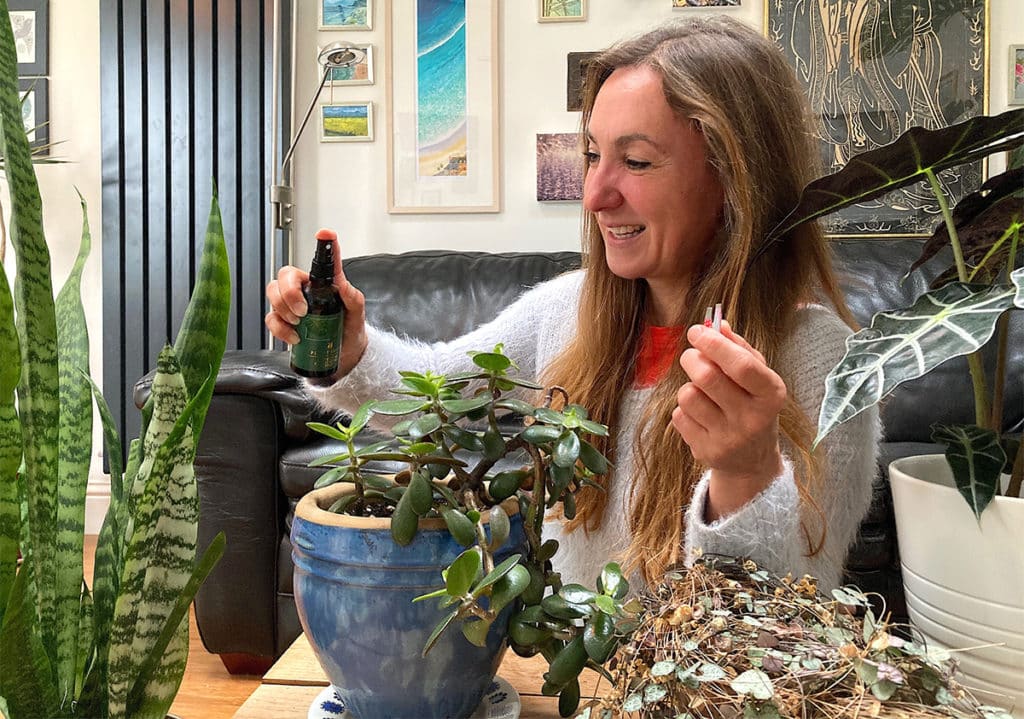
Sit and enjoy
Most importantly relax. Spend time with your houseplants, grab a cuppa, read a book. Surround yourself with plants and enjoy studying their leaves, their flowers; allow yourself time to ponder. Wiling away time with your plants can make you feel content, optimistic and inspired. If you can’t sit still and chill then grab a pad and jot down your thoughts with a clear mind.
Embrace Failure
We all have successes and failures so don’t get despondent if a plant dies. Even the best plant parents can find themselves with a plant for the compost heap but look at this as a positive; it is a great excuse to get a new plant!


